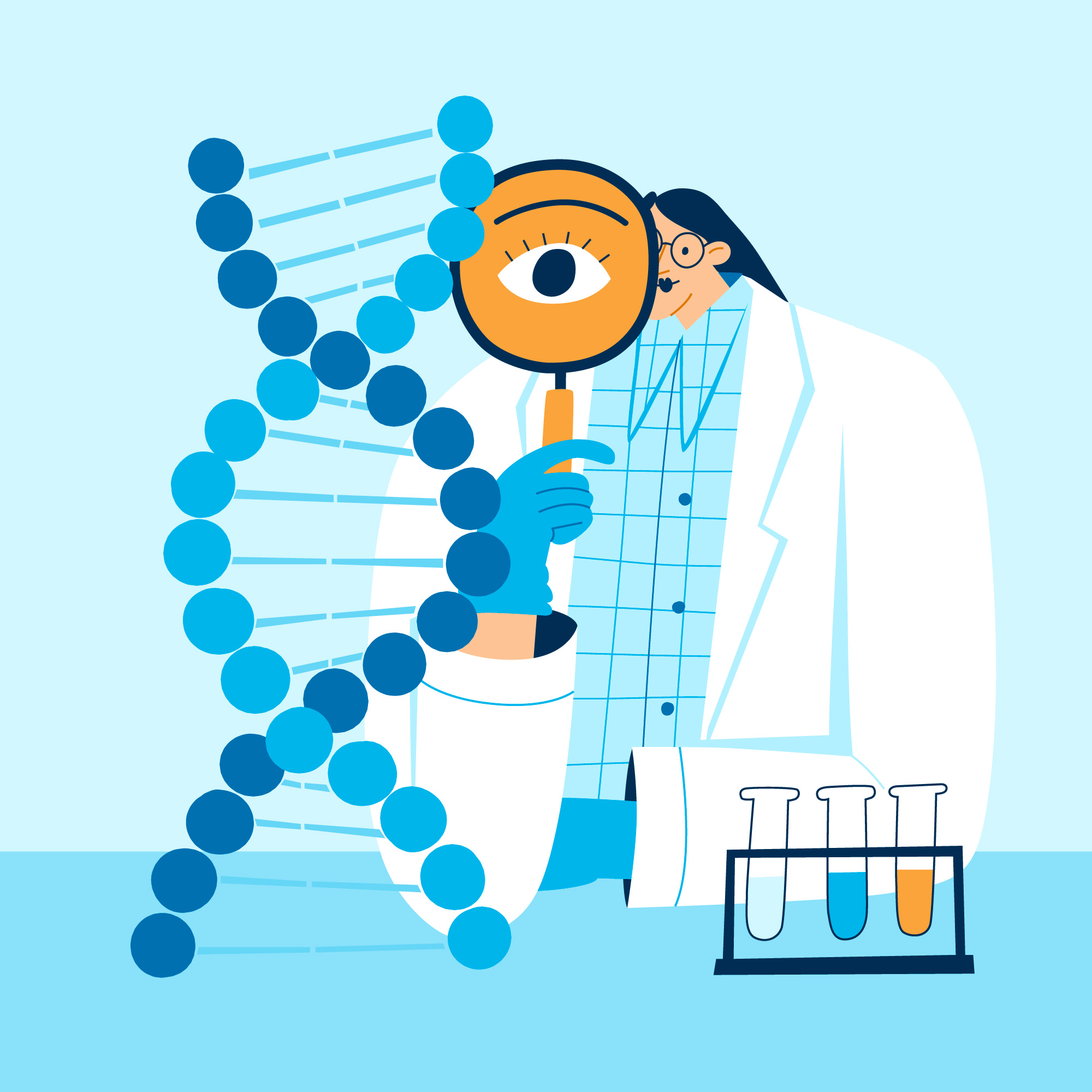
Superheroes and Mutations: Reality or Fiction?
Objective: The overarching learning objective of this worksheet is to explore the concept of genetic mutations, differentiate between various types, understand their real-world implications (genetic disorders) and critically assess the scientific realism of superhero mutations.
Content and Methods: The worksheet begins by posing a question about the realism of superhero mutations. It then delves into the scientific content by explaining and categorizing gene, genome and chromosomal mutations, providing examples for each. The methods include a pair discussion task, sorting exercises for mutation types, open-ended questions requiring descriptions and explanations of mutations, and multiple-choice questions about specific genetic disorders. Finally, it prompts a discussion on the impact of superhero stories on scientific understanding.
Competencies:
- Scientific literacy: Understanding fundamental concepts of genetic mutations and their biological effects.
- Critical thinking: Evaluating the scientific plausibility of fictional scenarios (superhero powers).
- Information categorization: Differentiating and sorting various types of mutations.
- Reading comprehension: Extracting detailed information from scientific texts.
- Problem-solving: Explaining complex biological phenomena.
- Discussion and communication: Engaging in peer discussions about scientific concepts.
Target Audience and Level:
Grade 10 and above
60 other teachers use this template
Target group and level
Grade 10 and above
Subjects
Superheroes and Mutations: Reality or Fiction?


Mutated superheroes: How realistic are they?
Superheroes like Spider-Man or Hulk gain extraordinary powers through radiation or mutated genes. But how realistic is that? Could a mutation actually cause something like this?
Task: In pairs, discuss what abilities could arise from mutations. Consider: What seems possible to you, and what seems unlikely?


Types of mutations: Gene, genome und chromosomal mutation
Mutations are changes in the genome that can affect the structure or number of genes or chromosomes. They are an important basis of evolution, but can also cause diseases. Mutations can occur spontaneously or be triggered by external influences such as radiation, chemicals or viruses. Here are the three main types of mutations:
1. gene mutation
A gene mutation affects the DNA sequence of a single gene. These mutations change the base sequence of the DNA and can therefore influence the function of the gene.
Types of gene mutations:
Point mutation: change of a single base
- Substitution: exchange of a base
- Deletion: loss of a base
- Insertion: insertion of an additional base
Grid mutation: shift of the base sequence by deletion or insertion
2. genome mutation
In a genome mutation, the number of chromosomes in the genome changes. This occurs due to errors during cell division (meiosis).
Main forms:
- Polyploidy: Multiplication of the entire set of chromosomes (rare in humans)
- Aneuploidy: Too many or too few individual chromosomes
3. chromosomal mutation
A chromosome mutation affects the structure of one or more chromosomes. Parts of a chromosome are changed, deleted or remodeled.
Types of chromosome mutations:
- Deletion: loss of a chromosome segment
- Duplication: duplication of a section
- Translocation: relocation of a section to another chromosome
- Insertion: insertion of a chromosome segment
- Inversion: Reversal of a chromosome segment
Sort the types of mutations you learned about.
📋 Task: Answer the following questions.
📋 Task: Read the following text.
Genetic Disorders: Cystic Fibrosis, Trisomy 21, and Cri du Chat Syndrome
Cystic Fibrosis
Cystic Fibrosis (CF) is a genetic disorder that primarily affects the lungs and digestive system. It is caused by mutations in the CFTR gene, which leads to the production of thick and sticky mucus. This mucus clogs the airways and traps bacteria, causing repeated lung infections. Symptoms include difficulty breathing, persistent coughing, frequent lung infections, and poor growth. CF is inherited in an autosomal recessive manner, meaning a child must inherit two defective genes, one from each parent, to develop the disease. There is no cure, but treatments like physiotherapy, antibiotics, and lung transplants can help manage symptoms.
Trisomy 21 (Down Syndrome)
Trisomy 21, commonly known as Down Syndrome, is a genetic disorder caused by the presence of an extra chromosome 21. This extra chromosome affects physical and intellectual development. People with Down Syndrome often have distinctive facial features, developmental delays, and mild to moderate intellectual disability. The risk of having a child with Down Syndrome increases with the mother's age. There is no cure, but early intervention programs, educational support, and physical therapy can improve quality of life and development.
Cri du Chat Syndrome
Cri du Chat Syndrome is a rare genetic disorder caused by a deletion on the short arm of chromosome 5. It is named after the characteristic high-pitched, cat-like cry of affected infants. Symptoms include a small head size (microcephaly), low birth weight, poor growth, and severe cognitive, speech, and motor disabilities. Children with this syndrome may also have unusual facial features, such as widely spaced eyes and a small jaw. There is no specific treatment, but supportive care, including speech and physical therapy, can help manage symptoms and improve developmental outcomes.
These genetic disorders highlight the complexities of human genetics and the importance of supportive care and early intervention in improving the quality of life for affected individuals.
Tick the correct answer.
How realistic are superheroes from the lab?
In reality, mutations do not lead to superpowers, but often to diseases or neutral changes. Nevertheless, these stories show how fascinating science can be. Nowadays, there are a variety of tools (e.g. the CRISPR/Cas method) to tinker with the genome. In the future, it may be possible to insert animal DNA sequences into human ones. DNA exchange between animals has already been successfully carried out: DNA sequences from jellyfish have been inserted into monkeys and other animal DNA and have caused the animals to glow under UV light.

jellyfish under UV light (source: https://tinyurl.com/4a3nay7j)
📋 Task: Answer correctly.